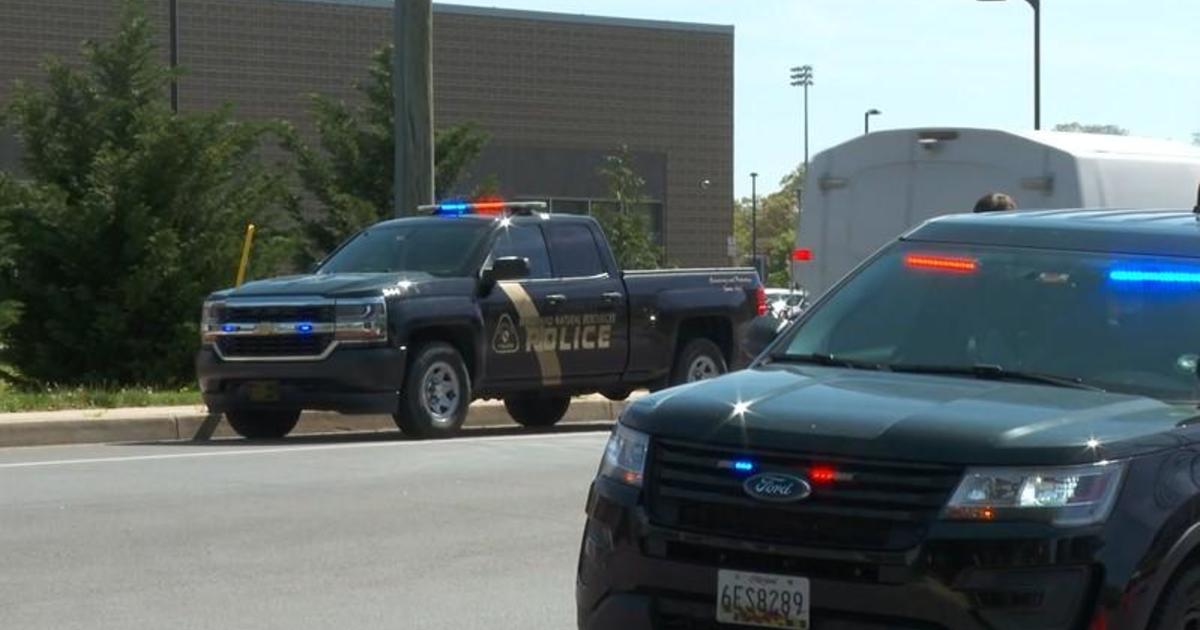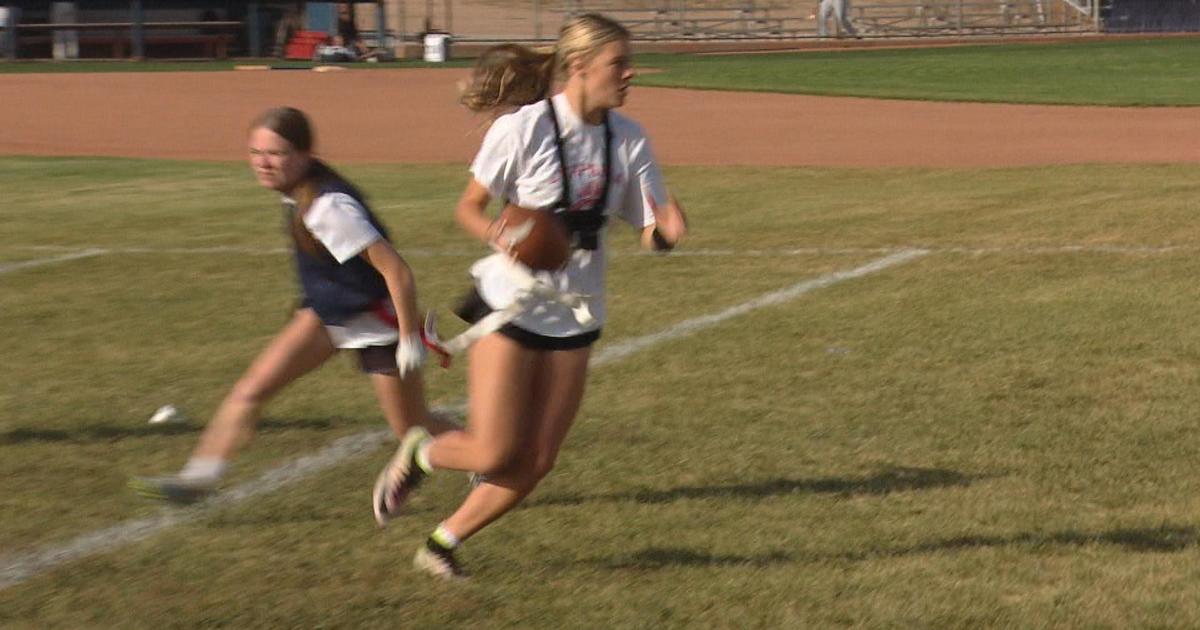Doctors Train Marylanders To 'Stop The Bleed' In Wake Of Shootings
BALTIMORE (WJZ) — Doctors are training thousands of Marylanders on simple ways to stop victims of traumatic injuries from bleeding to death, a grassroots initiative that grew after the Sandy Hook shooting.
Maryland has endured several deadly mass shootings over the past 13 months, including at the Capital Gazette in Annapolis, a Rite Aid distribution center in Aberdeen, and a granite business in Edgewood. The number of high-profile incidents also includes a school shooting in St. Mary's County. For some, the violence has changed the perception that "it can't happen here."
Dr. Habeeba Park at the University of Maryland Medical System's Shock Trauma Center in Baltimore said there has been growing interest in the training, and she has taught people from the elderly to children how to "Stop the Bleed."
"My 10-year-old daughter is an instructor. I feel very strongly this is a basic life skill. Everyone should recognize a life-threatening injury and what to do about it," Dr. Park said. "The program grew as a grassroots movement."
The training takes about an hour, including hands-on demonstrations, which Dr. Park showed WJZ Investigator Mike Hellgren. The equipment includes gauze and a tourniquet, and the goal is providing everyday people with the skills to save lives.
A person can bleed to death in just five minutes.
In the Sandy Hook massacre, the shooter used an AR-15 semiautomatic rifle. CBS' "60 Minutes" found damage to human tissue can be much greater with the AR-15 than from other guns.
"60 Minutes" also demonstrated the difference using a piece of pork. Both the AR-15 and a 9-millimeter bullet make small entry wounds, but the AR leaves a gaping hole in the flesh.
The gunman at the Pittsburgh synagogue shooting also used an AR-15 assault rifle, but doctors there believe "Stop the Bleed" training done prior to the rampage may have saved lives. The synagogue had the supplies already in place for an emergency.
Dr. Park showed Hellgren how to apply the tourniquet and use combat gauze, which has a blood clotting agent, to fill a wound. "You're going to push it all the way to the base of the wound until you meet resistance. What you're doing is, you're filling up that cavity and creating internal pressure. The goal is to pack as much as you can as quickly as you can," she said.
Then, you apply two-handed pressure over the wound until the bleeding stops.
Tourniquets should be several inches above the wound but not at a joint. Dr. Park said it is important to mark the time the tourniquet was placed on the limb.
She acknowledged the situation may be chaotic, and those helping should make sure they are not in harm's way. "Just learning how to do it now helps people prepare themselves mentally and emotionally," she said.
Some schools in Maryland have made the training mandatory, and "Stop the Bleed" kits are already in place at large venues like M&T Bank Stadium and Camden Yards.
Some parents have given their children the supplies to place in their backpacks. Dr. Park said it can also be useful to have the gauze and tourniquet in your vehicle in case of an accident.
The "Stop the Bleed" campaign is an initiative of the American College of Surgeons, the Committee on Trauma, and the Hartford Consensus. You can learn more about it and purchase a bleeding control kit at BleedingControl.org
Follow @WJZ on Twitter and like WJZ-TV | CBS Baltimore on Facebook



